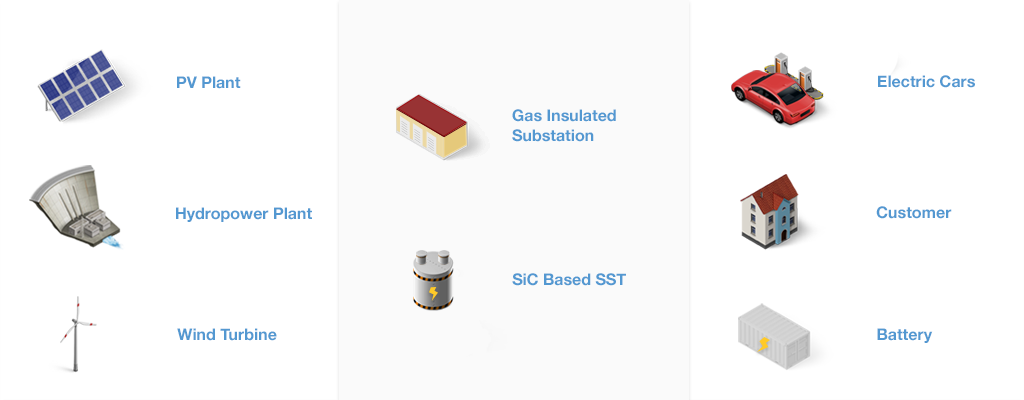
Innovation Challenges
Objectives
Still on the component side, the WP will study the optimal design of reversible pump-turbines since these components represent a major advancement for the energy storage systems within the Swiss context.
-
switching very fast transients (VFTs) modelling and experimental investigations;
-
improvement of performances of existing devices for high voltage and high power system;
-
improvement of the design of reversible pump-turbines.
Highlights
PV inverter and battery inverter tests
PV inverter and battery test bench and test norms
Non-FURIES partners: HTW Berlin, TU München, Karlsruhe Institut of Technology, Austrian Institute of Technology, Swiss Renova AG, Genossenschaft Elektra Jegenstorf
Project duration: 2014-2021 (7 years)
Funding: Studiengesellschaft Mont-Soleil, BFH, Genossenschaft Elektra Jegenstorf
Goal
This project aims to develop a “PV inverter and battery” test facility and a related EN test norm.
Results
For the achievement of this goal, a PV inverter and battery test bench was developed based on existing infrastructure at the PV LAB at BFH in Burgdorf, i.e., PV inverter test benches.
First measurements of the dynamic battery-inverter units performances are currently being conducted, and the knowledge acquired is transferred and cross-checked with international partners. Data sheets are developed and a proposal for an EN Test norm is underway.
Real measurement of “battery-PV-inverter” units enabled a better understanding of the instance increasing their own self-consumption function and the parameters of such devices.
One of the results is that a poor dynamic response could result to system operation modes with low efficiency (<60%). Also, the EN-test norm enable the industry to be aware of the real performance of such systems and to improve them. For instance, PV planers can integrated in their work the real data of such devices.
The outcomes of this project will enable the owners of PV installations to improve the economic performance of their investments, by for on PV power. Also, utilities and others can learn to use the “PV-battery-inverter devices” to stabilize the grid and to optimize the economy of the electricity in their grid.
There are more than 15 possibilities for the different stakeholders to use the unit for improving different parameters (e.g., voltage control, power control, production of regulation power etc.).
Next step
As a next step, the test norm will be developed by the end of 2016, jointly with international partners, and a “round robin” test cycle will be undertaken with three other institutes for 2016/ 2017.
A software will be developed to semi-automatize some of the test procedures and an artificial load will be integrated to speed up the test procedures. The testing of small (<10 kWh) and big units (>>10 kWh) will continue during the 2017 – 2020 period. Tests of bidirectional EV-batteries are also planned in view of performing the same function as a stationary battery (2017-2021).
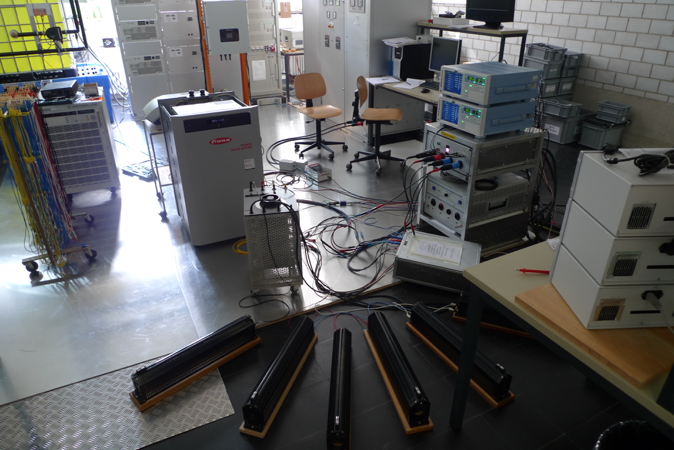 |
|
Fig. 39 – PV laboratory established test configuration and measures several batteries for a local utility company
|
Further reading:
Swiss Transformer: Application and sustainability of SiC SST in the Swiss electrical grid
Integration and application of solid-state transformers in the existing electric grid
Academic partner: FHNW (Prof. Schulz) ( [email protected] ); ETHZ (LEM, HVL)
Industrial partners: ABB AG, BKW AG Non-FURIES partners: PSI; EPFL (Prof. Thome)
Funding: SCCER-FURIES; NRP 70 Project duration: 2014-2018 (4 years)
Goal
This project is part of the same program with the STT project mentioned under WP3. This project aims to assess the application of SiC SSTs in low- and medium voltage grids by grid simulations; to develop control algorithms; and assess the overall sustainability of grid-based SiC SSTs.
Target customers are DSOs operating both, MV and LV grids with strong decentralized feed-in by wind and PV.
Results
As a result of the project, simulation models and control algorithms for SSTs were developed for voltage control of LV grids with a high penetration of decentralized PV generation. Also, the application of SST was assessed in MV grids in order to stabilize voltage, compensate reactive power and minimize grid losses.
Based on these outcomes, decision makers and end-users can decide whether and how SSTs will bring the required functionalities for grid operation and stabilization. Furthermore, they obtain information about how many SSTs should be used in a specific grid, at which locations and which control scheme to apply.
Next step
A sustainability model of SiC SSTs applied in the Swiss electric grid will be established; and reliability data of the underlying SiC power semiconductors will be acquired. The rolling out of this technology is foreseen for beyond 2025.
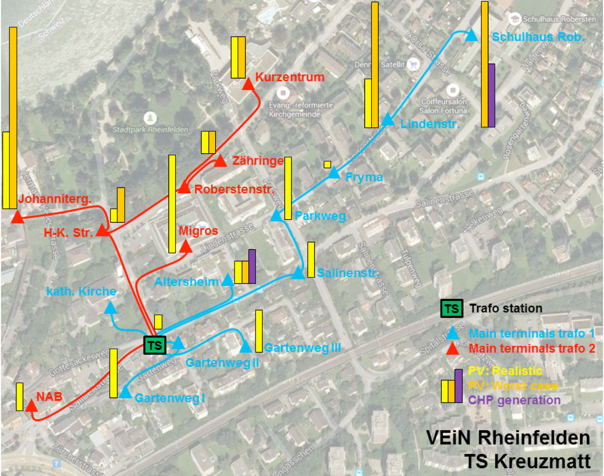 |
|
Fig. 41 – Overview of 2 LV grids in Rheinfelden AG, with calculated distributed PV potential (displayed columns), as enabled by SiC SSTs.
|
Further reading:
SiC Solid-State Transformer
Report on state of art related to “holistic” optimization. (Deliverable 4.2.1)
Academic partner: FHNW ( [email protected] ) Industrial Partner: ABB
In the context of the development of novel silicon-carbide (SiC) based power electronic modules and corresponding SiC high-frequency power electronic converters, the reliability and failure processes of SiC power electronic modules are assessed.
This includes the development, construction and implementation of a dedicated reliability test setup for SiC modules. Before testing, the state-of-the-art in SiC power-electronics reliability is assessed and the reliability tester and the testing procedure adapted accordingly.
Planned results will be (1) experimentally assessed lifetime data on novel 3.3kV SiC MOSFET modules; (2) a deep understanding of the physical processes leading to SiC device failure; (3) the ability to model the lifetime of SiC modules under a given performance profile.
Innovation
A reliability testing procedure and test results of novel 3.3 kV SiC MOSFET modules; understanding of physical failure processes of SiC power electronic modules.
Impact
This achievement provides improved knowledge on SiC module lifetime and failure mechanisms; a method to assess the reliability of SiC power electronic devices; and dimensioning of SiC converters for optimal life-cycle sustainability.
What’s next
Installation and calibration of reliability testing setup.
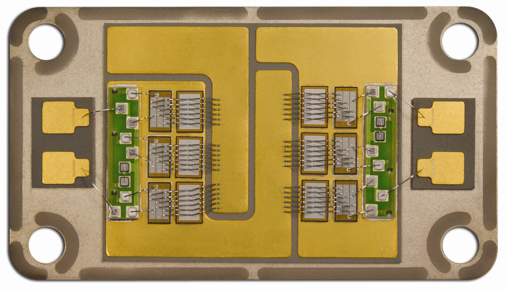 |
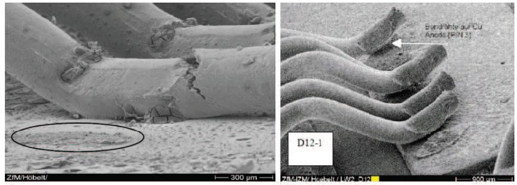 |
| Figure 16: SiC power-electronic module (image source: CREE) |
Figure 17: SEM scans of failed aluminium bond wires (cracked and lifted-off) on power electronic chips, after active load cycling (image source: Semikron) |